V1=10 V(peak to peak), frequency of voltage source = 1kHz, D1 is a standard 1N4007 Silicon Diode, R1=10 kilo ohm (the load resistor)
In our electrical lab, we were given the circuit shown in the diagram. I haven't been able to perform this lab due to the pandemic. So I don't have a clear idea of the equipment and what the question means. The question is:
Assume that a BNC cable is connected across the resistor(R1) and fed into the DSO. To get the best possible bandwidth (limited by the scope), we should pick an impedance of 10 k Ohm for the BNC cable? Yes or No
Could you explain the terms used and what the answer would be?
What I know: In practice, there are 50 ohm and 75 ohm BNC cables. DSO is an instrument that is used for continuous measurement of properties of signal like voltage and current(unlike the multimeter which reports average values of AC currents). It has a certain range of frequency of input signal that it can measure.
